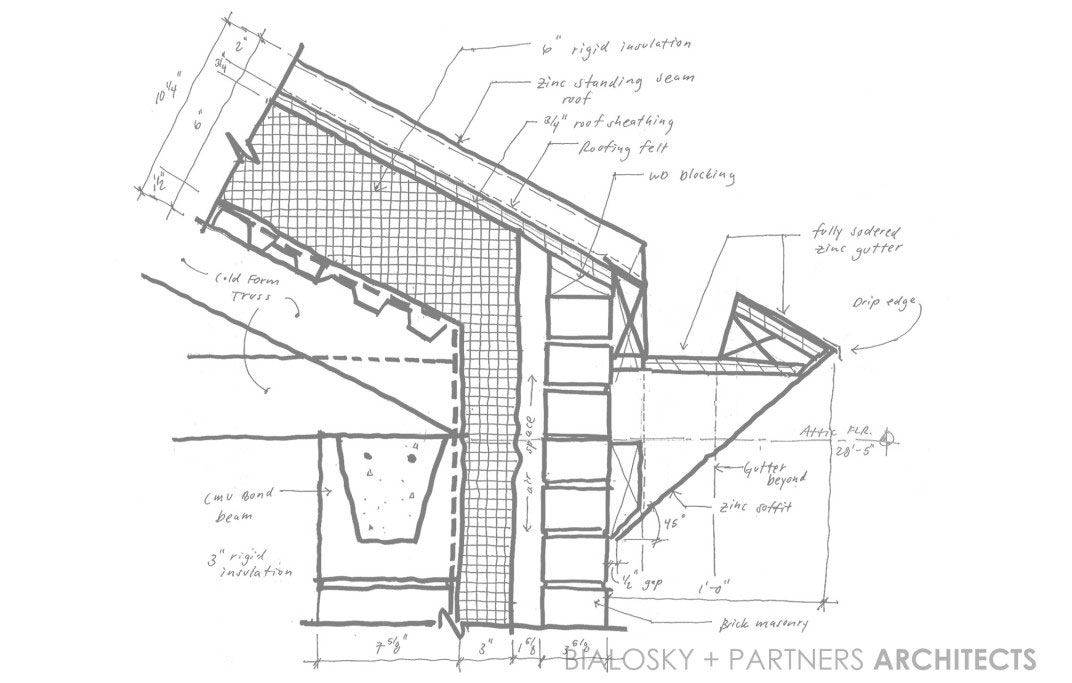What’s The Big Deal With Continuous Insulation?
Continuous insulation (CI) has been an energy code requirement since the release of ASHRAE 90.1-2004, but unfortunately is still a bit of a mystery to many designers, contractors, and building officials. So, besides complying with the building code, why do we need continuous insulation? Thermal bridging through framing components reduces envelope insulation performance by 15-20% in wood frame construction and by 40%-60% in metal frame construction. This means that a typical 6” metal stud wall construction with R-19 fiberglass batt insulation actually performs at a dismal R-9. When CI is properly installed you get the approximate full R-value of the insulation material. So, what exactly is continuous insulation?
ASHRAE 90.1 defines Continuous Insulation as insulation that is continuous across all structural members without thermal bridges other than fasteners and service openings. It is installed on the interior, exterior, or is integral to any opaque surface of the building. With further research we find that the definition of “fasteners” is meant to include screws, bolts, nails, etc. This means that furring strips, clip angles, lintels and other large connection details are excluded from the term “fasteners”.
This is where the big problem lies, and why the industry seems to be so confused. Many designers, contractors, and building officials are still not informed about this important aspect of CI. For example, masonry veneer wall construction typically employs steel relieving angles and steel lintels at window and door heads. These steel angles are usually fastened directly to the building structure, providing a significant thermal bridge from the interior of the building to the exterior. There are a number of solutions to this issue including welding the angles to standoffs at +/- 4’-0” centers, which allows the CI to be installed behind the angles to minimize the effects of thermal bridging. There are also proprietary clip systems being marketed to perform this same function.
Another cause for confusion is the fact that many building claddings such as metal panels, fiber cement board/siding, etc. are not approved for attachment through more than 1” of non-supporting material. In climate zone 5 we are required to have a minimum CI of 7.5, resulting in a CI thickness of about 1 1/2". There are proprietary systems that have been developed to deal with this issue such as the DOW-Knight CI System . This system has been engineered to allow up to 3” of continuous insulation to pass behind the girt supports. If you or your client don’t desire to specify proprietary systems, the New York State Energy Research and Development Authority (NYSERDA) commissioned a testing report that describes a number of other fastening system options for continuous insulation. It’s a long read but has a lot of useful information regarding this matter.
In summary, the proper use of continuous insulation is all about paying attention to the details. There are a growing number of resources out there aiming to help designers detail buildings properly. A few of my favorites are www.buildingscience.com and www.bec-national.org . Happy reading, and let’s keep it sustainable.
